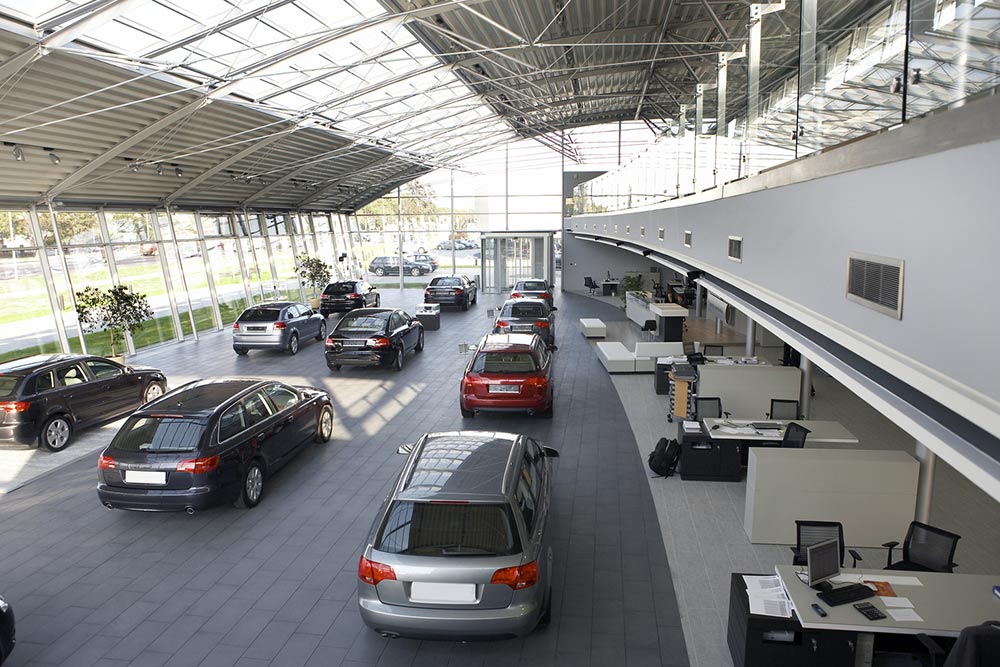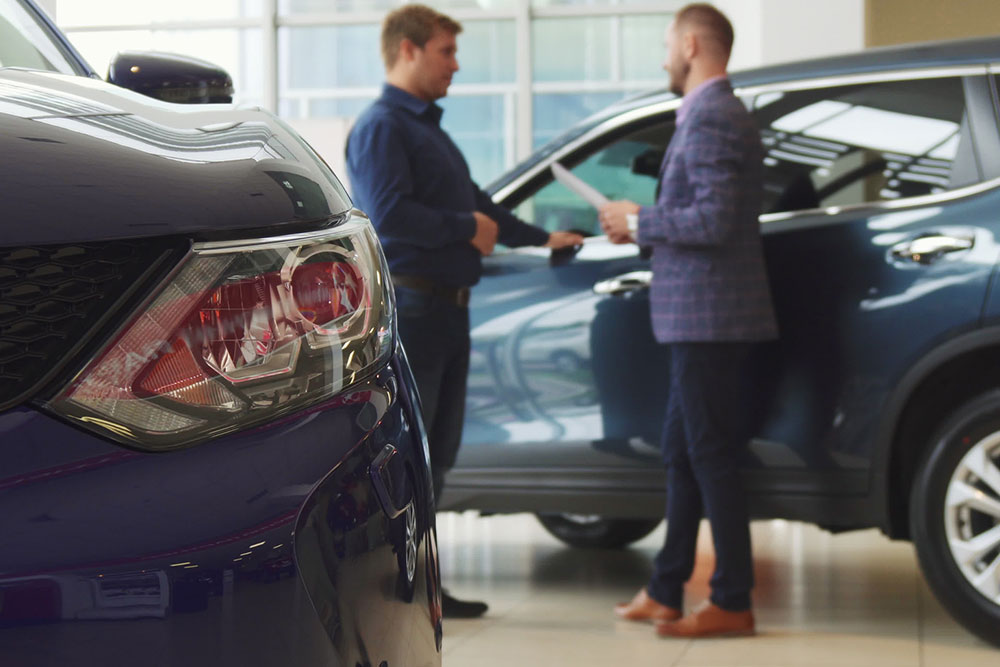10 common mistakes to avoid when buying a used car

Whether new or used, buying a car is a huge investment. With growing inflation, more people than ever have been opting for pre-owned cars, as it can significantly reduce ownership and insurance costs. However, these can come with their issues, such as wear and tear or negligent maintenance. Check out these ten common mistakes people make when buying a used car and easy ways to avoid them for a better experience.
Skipping the test drive
Many buyers do not take the car out for a test drive before they buy it. While one may do this as a vote of confidence or faith in the dealer, it could lead to potentially expensive repairs in the future. Before buying a used car, it is always a good idea to test drive a few. If possible, work out a deal for a longer test drive, say 30-40 miles, where the car can be tested in different traffic and road conditions. This will help one build a clearer understanding of what the car’s ownership and performance would look like.
Leaving financing to the last minute
Before heading out to buy a used car, one needs to figure out how they plan on paying for it.







